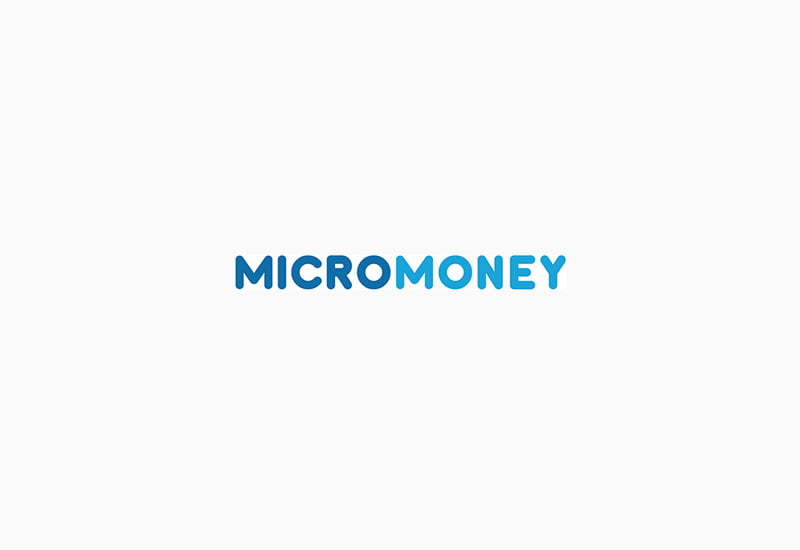MicroMoney is all in on one thing which is blockchain powered microlending for the unbanked. One of the dilemmas of civilization has had for centuries is how to promote economic equality. MicroMoney’s application of the blockchain to this sector of fintech is carefully designed. The dawn of the blockchain and trustless banking has made it more feasible than before.
Disclosure: This is a Sponsored Article
One banking rule holds the unbanked back which is people with no credit history can’t be creditworthy. Unbanked peoples either can’t get a loan because of not having a credit rate, insufficient collateral, or insufficient time to gather the papers for a loan due to constant working hours. Without the means to change their situation, they stay unbanked.
Critics of microloans maintain that the microloan service does not contribute to economic growth. Yet, the unbanked remain a target audience filled with potential.
Does Financial Exclusion Restrain economic development?
The critics of microloans are trapped in the paradigm of the twentieth century. By economic progression, the critics often mean the growth of products a consumer can buy. Yet, microloans aren’t about the filling of the size of a grocery cart, it’s about changing an individual’s economic situation so that they may realize their ideals. This is the true growth mindset of owning a business, and in turn creating more jobs and economic opportunity.
Global fintech company, MicroMoney, has studied the common dilemma of inequality and the distrust for unbanked peoples. Now, MicroMoney provides access to loans to the unbanked in Cambodia, Myanmar, and Thailand while providing access to this market to banks, and financial organizations.
How Blockchain provides a solution
Blockchain provides the solution to the need of trust in banking by implementing a distributed network of validators to record and maintain transaction data nearly instantaneously. This bypasses the need for trust intermediaries for international money transfers. The blockchain is accessible and scalable, providing entry to the basic financial services provided in the global economy.
Since the blockchain is primarily a shared digital ledger every network user has access to relevant information freely. Its technology provides:
- A High level of reliability. Smart contracts are both reliable and secure
- Availability. There is no need for a centralized and expensive IT infrastructure.
- Absence of Intermediaries. A true peer to peer environment that users can trust.
MicroMoney is real time use of the blockchain to obtain loans for small businesses, to build credit, receive medical attention, and education.
The Blockchain beats financial exclusion
Globally, about two billion adults worldwide do not have access to banking services or insurance. This requires a massive paradigm shift for traditional banking to compete for. The blockchain beats financial exclusion by providing financial services, transparency, and economic integration. One example of this, globally, is in the United Nations. Their project ID 2020 looks to provide a digital ID for everyone using blockchain technology.
The reality of the blockchain working for the unbanked is very real. MicroMoney has integrated a mobile scoring system based on neural networks and a blockchain that allows an estimation of a customer’s credit by having access to the user’s smartphone data. If approved for a loan the user is paid and included in the blockchain ledger instantly. One major advantage here is that users are added to a ledger where other organizations may recognize the borrower’s history. It’s in this way that the blockchain establishes long term economic value, involvement, and integration for those who were previously unbanked.

